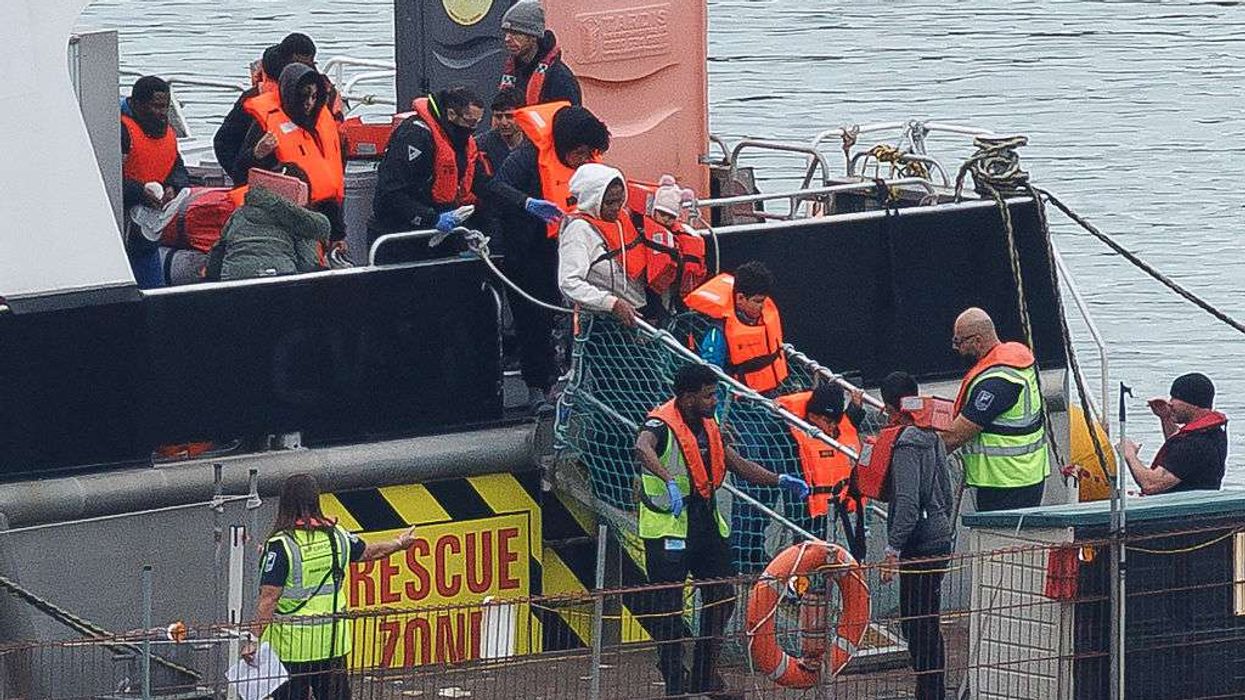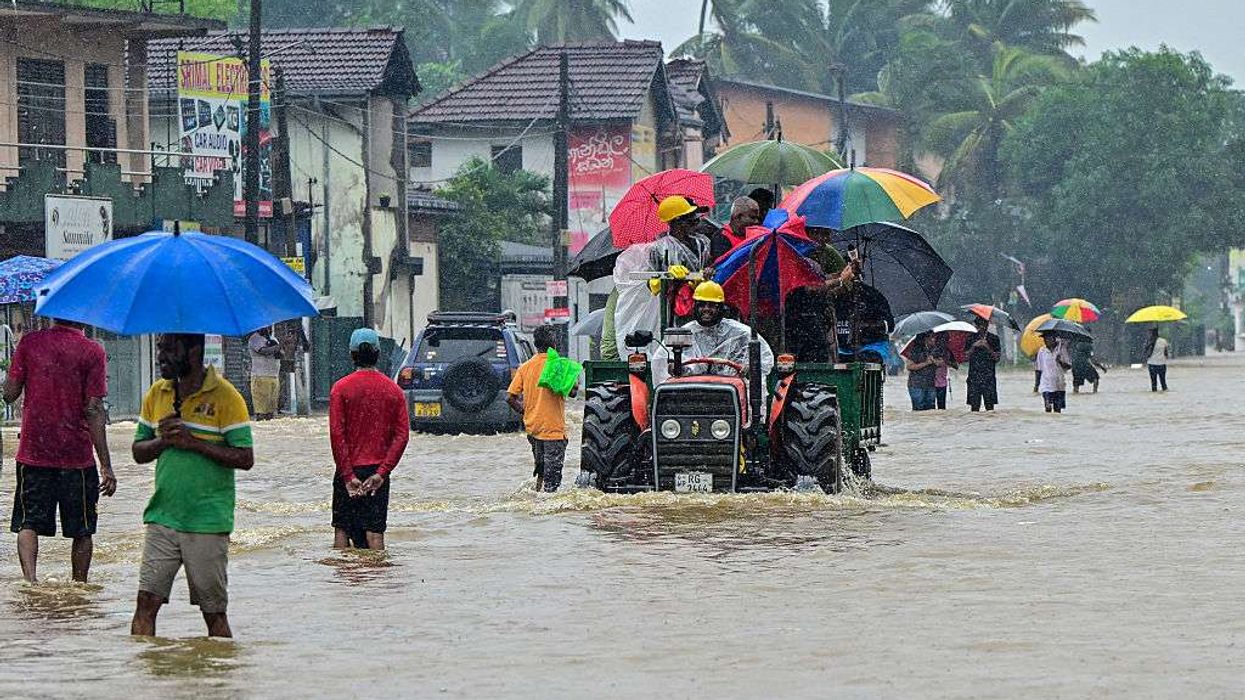Swedish climate activist Greta Thunberg was among a group of pro-Palestinian campaigners on board a Gaza-bound aid vessel intercepted by Israeli forces and diverted to its shores, the country’s Foreign Ministry confirmed on 9 June.
The ship, Madleen, was organised by the Freedom Flotilla Coalition, a group challenging Israel’s blockade of Gaza. It had departed Sicily on 1 June, carrying a dozen activists and a symbolic amount of humanitarian supplies.
Israeli military blocks flotilla’s progress
Israel had vowed in advance to prevent the ship from reaching Gaza. Defence Minister Yoav Gallant said the military was instructed to stop the vessel “by any means necessary”. The Foreign Ministry later confirmed the Madleen had been redirected to Israel and that its passengers would be repatriated.
In a social media post, the ministry dismissed the effort as a publicity stunt by “celebrities”, referring to it as the “‘selfie yacht’ of the ‘celebrities’”. It accused Thunberg and others of staging a “media provocation”. Footage released showed passengers in life jackets being offered sandwiches and water after interception.
The Freedom Flotilla Coalition claimed it lost contact with the ship after alarms were triggered and drones were seen overhead. The group accused the Israeli military of “kidnapping” the activists. Surveillance footage appeared to show a vessel approaching and personnel boarding the Madleen.
Thunberg voices opposition to blockade
Greta Thunberg, known globally for her environmental activism, has been a strong critic of Israel’s actions in Gaza. Speaking last week, she said, “No matter what odds we are against, we have to keep trying... it’s not even near as dangerous as the silence of the entire world in the face of the live-streamed genocide.”
Israeli Defence Minister Gallant responded sharply, calling Thunberg “an antisemite” and warning that the ship would not be allowed to reach its destination. “Israel will act against any attempt to breach the blockade or aid terrorist organisations,” he said.
Small-scale aid onboard
The Madleen carried a limited quantity of humanitarian goods, including baby formula, flour, rice, medical supplies, children’s prosthetics, and diapers. The Israeli Foreign Ministry called the shipment “tiny”, adding it was “less than a single truckload of aid”.
Israel, along with Egypt, has maintained a blockade on Gaza since Hamas took control of the region in 2007. While Israeli officials say the measure is needed to prevent arms smuggling, rights groups argue it restricts essential goods and worsens the humanitarian crisis.
Repeat of earlier flotilla efforts
This is not the first attempt by activists to challenge the blockade. In 2010, a similar flotilla mission involving the Mavi Marmara ended in bloodshed when Israeli commandos boarded the ship, resulting in the deaths of nine people. A tenth person later died from injuries sustained during the raid.
Israel said its forces were attacked with clubs and knives during the operation. The Freedom Flotilla Coalition described it as “an unlawful and deadly attack”, saying the Madleen’s mission was “a continuation of that legacy”.
A separate mission earlier this year was also thwarted when a ship named Conscience, departing from Tunisia and en route to Malta, caught fire following explosions near the vessel. No injuries were reported, but the mission was called off.
Aid distribution remains contentious
In parallel with the flotilla controversy, Israel has promoted a new aid delivery mechanism via the Gaza Humanitarian Foundation. The group claims to have delivered over 1.1 million meals and 11 truckloads of food on 9 June across three distribution sites.
However, the initiative has faced criticism and has been boycotted by the UN and other major organisations. They accuse Israel of using humanitarian aid as a tool of control and allege that the new system sidelines independent oversight.
The foundation suspended operations temporarily on 8 June, citing threats from Hamas. A spokesperson claimed that local workers received warnings of “serious consequences” if they continued with the aid delivery programme.














